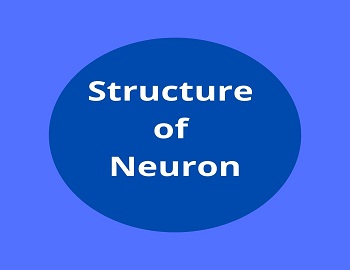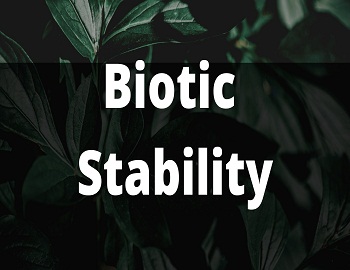Table of Contents
Transportation of Materials in Plants:
Plants absorb water and soluble mineral salts from the soil by their root system to survive. Most absorption of water and minerals occurs near the root tips where the epidermis is permeable to water. This function of absorption of facilitated by the unicellular root hairs present on the roots. The absorbed water has to be transported to all parts of the plants.
In plants, most of the cells do not have chloroplasts. Such cells obtain carbohydrates from chlorophyll-containing cells of the plant. Thus, the organic food prepared in the leaves by the process of photosynthesis has to be transported to various parts of the plant. These functions of internal transport are carried out by specialized conducting tissues- xylem and phloem. The water and minerals absorbed by the roots are transported through the xylem tissue, while food prepared by the leaves is transported through the phloem. This transport of water and food occurs by the processes of ascent of sap and translocation respectively.
Transport of Water and Minerals:

Tracheids and vessels are two kinds of elements of the xylem that help in conducting water and minerals dissolved in water from roots to the upper parts of the plants. Both vessels and tracheids as shown above are non-living plant tissues with highly thick walls. The tracheids are long, thin, spindle-shaped tissues and have small pits in their thick walls. Through these pits, the water flows from one tracheid to another. In flowering plants, both xylem vessels and tracheids, or only vessels are concerned with the conduction of water and minerals from roots to the aerial parts of the plant. However, in non-flowering plants, only tracheids ate the conducting tissues.
Water and minerals are absorbed from the soil by roots and then transported to various parts of the plant like the stem, leaves, flowers, etc. Soil particles, which are coated with water and dissolved minerals, adhere to the root hairs. The soil solution flows into the epidermal cells of the cortex and reaches the root cortex.
As the soil solution moves along cell walls, some of the water and mineral solutes are taken up by cells of the epidermis and cortex. These water-containing solutes pass into the stem and then flow through the xylem vessels to the shoot system as shown below. About 1-2 percent of total water absorbed is used up in photosynthesis and other metabolic activities.

Minerals are absorbed from the soil by an active transport mechanism which requires the expenditure of energy. Plants absorb minerals against the concentration gradient, i.e. until the cell sap contains a far greater concentration of the minerals as compared to that in the surrounding soil water.
As the water moves upward from the roots to the leaves, a lot of it evaporates through the stomata present on the lower surface of a leaf. This process of evaporation of water from leaves and other aerial parts of the plant is called transpiration. Stomata are the site of the exchange of carbon dioxide and oxygen between photosynthetic tissues and the atmosphere. They are also sites of transpiration. The air in these stomata is saturated with water vapor since it is in contact with most walls of the mesophyll cells.
On most days, the air is drier outside the leaf, i.e. it has a lower water concentration outside than inside the leaf. Thus, the gaseous water diffuses outside the leaf through the stomata and there is a loss of water leading to cell transpiration.
This leads to a generation of tension (negative pressure) in the leaf due to the unique physical property of water. The thin film of water vapor present in the mesophyll cells replaces the water vapor that is lost from the leaf stomata by transpiration. During the process, water is pulled on by the adhesive and cohesive forces. This negative pressure or tension is the pulling force that draws water from the leaf xylem through the mesophyll cells towards the stomata. The water lost via transpiration is replaced by the water that is pulled out of the leaf xylem.
Under optimum conditions, a leaf usually can transpire water equal to its own weight in about 1 hour. Thus, on average, a tree transpires water equivalent to 100 times its weight in its lifetime. Can you imagine a sunflower plant can transpire 200 liters of water during its life of six months?
Guard Cells in Stomata Control the Transpiration Rate:
Plants strike a balance between gas exchange and water loss associated with the presence or absence of stomata. Plants regulate photosynthesis and transpiration by regulating the size of stomatal openings. This is brought about by changes in the turgor pressure of guard cells. The physical changes are due to fluxes in potassium ions.
Transport of Food and Other Substances:

The synthesis of sugars and other metabolites occurs in the green cells of leaves. Also, hormones are synthesized at the shoot and root tips. Transport of all these substances (sugars, metabolites, and hormones) from the place where they are synthesized to other parts of the plants takes place through phloem. Unlike the xylem, the movement of materials through the phloem takes place by the action of sieve tubes, which are living cells as shown below. The transport of soluble products of photosynthesis is called translocation. The translocation of food materials takes place through sieve tubes with the help of companion cells both in upward as well as downward directions.










Comments (No)